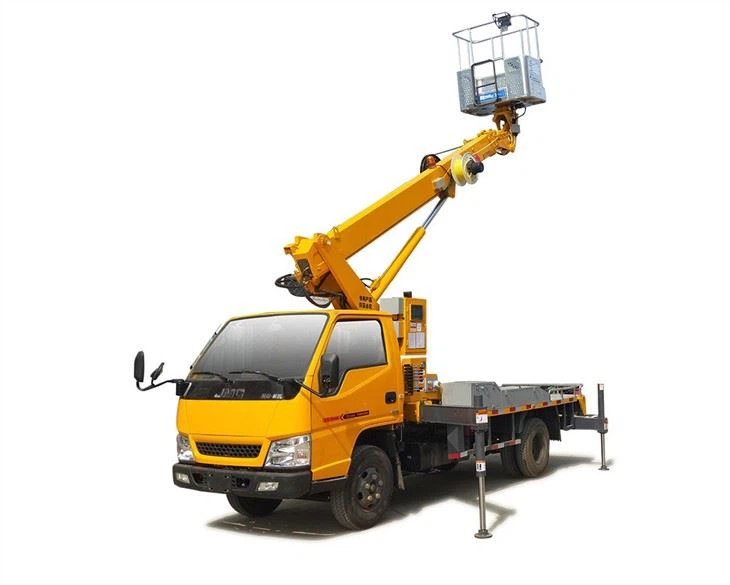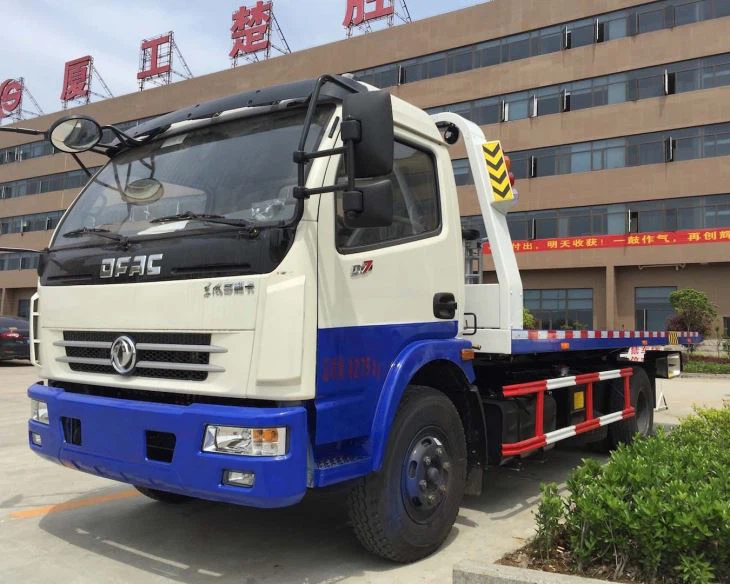Exploring Pedicabs in the Philippines: A Complete Guide

Introduction
In the bustling streets of the Philippines, a unique mode of transportation stands out: the pedicab. Also known colloquially as “tricycle,” the pedicab is not only a practical commuting option but also embodies the vibrant culture of the Filipino people. This article aims to provide a comprehensive overview of pedicabs in the Philippines, discussing their history, operation, advantages, and much more. Whether you’re a tourist, a resident, or just curious about this intriguing means of transport, this guide will equip you with everything you need to know about pedicabs in the Philippines.
What is a Pedicab?
A pedicab is a small, lightweight vehicle typically propelled by a bicycle. It consists of a carriage attached to the back of a bicycle, allowing passengers to travel in a compact and eco-friendly manner. Pedicabs are found all over the Philippines, especially in urban areas and tourist hotspots, and they offer a convenient way to navigate crowded streets. They are often operated by local drivers who provide personalized service to passengers.
The History of Pedicabs in the Philippines
Origins and Evolution
The pedicab’s roots can be traced back to the late 19th century when horse-drawn carriages began to lose popularity. The introduction of the bicycle as a primary means of transport paved the way for the development of the pedal-powered pedicab. Over the decades, the design evolved, integrating local craftsmanship and cultural influences, making it a staple of Filipino urban transport.
Modern-Day Context
Today, pedicabs are an integral part of the Philippine transportation system. They are prevalent not only in cities like Manila but also in smaller towns. The rise of tourism has further boosted their popularity, as travelers seek authentic local experiences. Pedicabs are often decorated with colorful designs, making them visually appealing and representative of local culture.
Types of Pedicabs

Standard Pedicabs
The most common type, standard pedicabs, are designed for short trips within urban areas. They typically feature a two-wheeled design and can comfortably accommodate two to three passengers.
Motorized Pedicabs
Motorized pedicabs, or “trikes,” have a motorcycle engine and can carry more passengers, making them suitable for longer trips. They are frequently used in suburban areas and rural communities, where distances between destinations are greater.
Tourist Pedicabs
Some pedicabs are specially designed for tourists, featuring comfortable seating and unique décor. These pedicabs often offer guided tours around popular attractions, giving tourists a chance to experience the local culture.
How to Ride a Pedicab
Finding a Pedicab
Pedicabs can be found in various locations, from busy streets to market areas. You can often spot them waiting for passengers or find them bustling near tourist spots.
Negotiating the Fare
It’s important to negotiate the fare before starting your ride. Fares can vary based on distance, time of day, and tourist areas. Here’s a simple table to help guide you:
| Distance (KM) | Average Fare (PHP) |
|---|---|
| 0-2 | 20-50 |
| 2-5 | 50-100 |
| 5+ | 100+ |
Safety Considerations
Always wear a helmet if provided and make sure the pedicab is in good condition. Traffic in the Philippines can be hectic, especially in urban centers, so staying alert is crucial.
The Advantages of Using Pedicabs
Economical and Affordable
Pedicabs are often one of the most affordable transportation options available. This makes them an excellent choice for both locals and tourists looking to save money while exploring.
Eco-Friendly Transport
Pedicabs are an eco-friendly alternative to larger fuel-powered vehicles. By choosing to ride a pedicab, you are helping reduce pollution and carbon emissions in the environment.
Authentic Local Experience
Riding a pedicab offers an authentic glimpse into the everyday life of Filipinos. It provides a unique opportunity to interact with local drivers who can share stories and insights about the area.
Challenges Faced by Pedicab Operators
Regulations and Licensing
Pedicab operators must adhere to various local regulations, including acquiring licenses and permits. However, enforcement can be inconsistent, leading to illegal operations.
Competition with Other Transport Modes
In cities where ride-hailing apps and more extensive transport networks exist, pedicab operators often face stiff competition. This can affect their income, especially during peak hours.
Safety and Road Conditions
Pedicab drivers navigate through busy streets, and poor road conditions can pose significant risks. Maintaining safety for both passengers and drivers remains a concern.
Practical Tips for Tourists
Best Areas to Ride Pedicabs
Some of the best areas for taking a pedicab include:
- Intramuros, Manila – Ideal for sight-seeing.
- Boracay Island – Enjoy the scenic views.
- Palawan – Travel between local attractions.
Communicating with Drivers
If you don’t speak Tagalog, it might be handy to learn a few basic phrases, such as:
- “Saan po ang punta?” (Where are we going?)
- “Magkano?” (How much?)
Using Apps and Social Media
There are various apps available that can help you locate nearby pedicabs or even request rides. Social media groups are also great resources for connecting with local drivers.
Frequently Asked Questions
1. Are pedicabs safe to ride?
Yes, when used correctly and in good condition, pedicabs are generally safe. Always choose a well-maintained vehicle and follow basic safety tips.
2. How do I negotiate the fare?
Before starting your ride, kindly discuss the fare with the driver. Familiarizing yourself with average prices can help you negotiate fairly.
3. Can pedicabs be used for longer journeys?
While pedicabs are best suited for short trips, motorized versions can be used for slightly longer distances effectively.
4. What is the average fare for a pedicab ride?

Fares typically range from 20 PHP to 100 PHP, depending on distance and location.
5. Are there special pedicab services for tourists?

Yes, some pedicabs offer guided tours specifically for tourists, usually featuring decorated vehicles and knowledgeable drivers.
6. What should I do if I encounter an unlicensed pedicab?
It’s best to avoid riding unlicensed pedicabs, as they may not adhere to safety guidelines. Always look for licensed operators when possible.
Conclusion
From their rich history to their role in daily Filipino life, pedicabs are more than just a mode of transport; they are a cultural icon. They offer a blend of affordability, eco-friendliness, and authenticity that captures the essence of local travel. Understanding and embracing this unique transportation option can enhance your overall experience in the Philippines.
